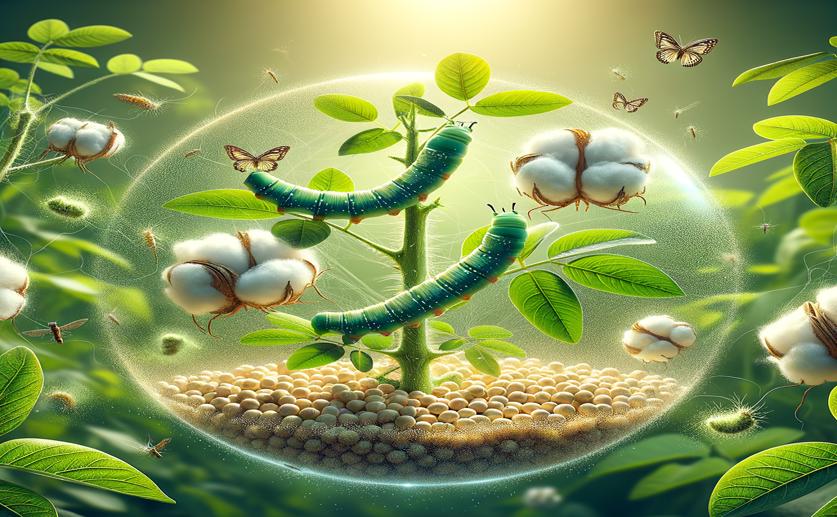
Effectiveness of Natural Pest Control in Chickpea Plants Against Cotton Bollworm
Jim Crocker
29th June, 2024

Image Source: Natural Science News, 2024
Key Findings
- The study was conducted in Naseerabad, Balochistan, Pakistan, to explore eco-friendly pest control for chickpea crops
- Entomopathogenic nematodes (EPNs) significantly reduced the cotton bollworm larval population in chickpea fields
- EPNs offer an effective, eco-friendly alternative to chemical pesticides, reducing pest damage and economic losses for farmers
AgriculturePlant ScienceAnimal Science
References
Main Study
1) Efficacy of entomopathogenic nematodes in laboratory and field conditions of Cicer arietinum against cotton bollworm, Helicoverpa armigera Hübner (Lepidoptera: Noctuidae)
Published 28th June, 2024
https://doi.org/10.1186/s41938-024-00800-9
Related Studies
2) Entomopathogenic nematodes for control of insect pests above and below ground with comments on commercial production.
Journal: Journal of nematology, Issue: Vol 44, Issue 2, Jun 2012



 24th May, 2024 | Jenn Hoskins
24th May, 2024 | Jenn Hoskins